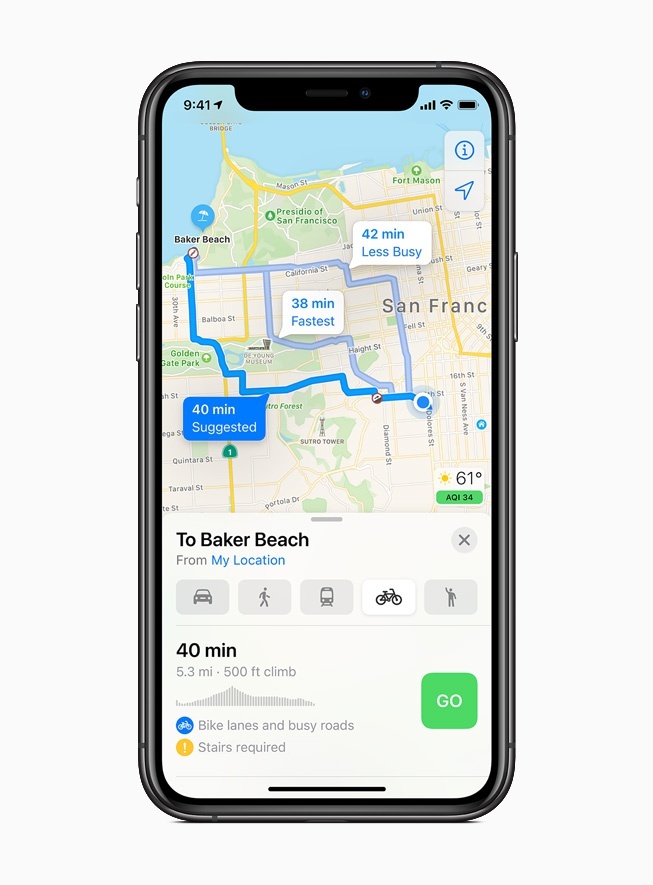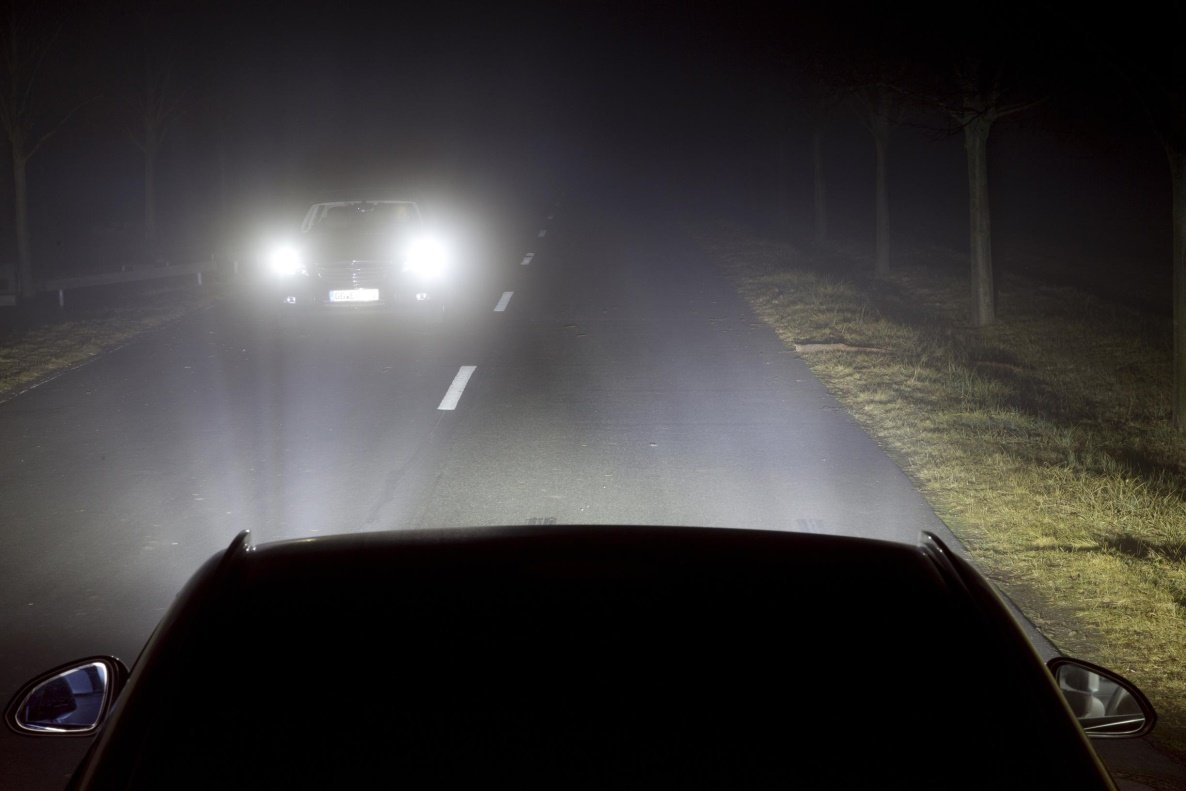
Car headlights
Content

The quality of the head optics is more important for the driver, there is even a saying “there is never enough light”. But there is also a downside: too bright light can blind other road users. In the side lights on most cars, conventional incandescent lamps are installed, headlights can have halogen and xenon lamps, and LED optics are becoming more common. Information about the type of lamp and fasteners is indicated in the instructions for the car.
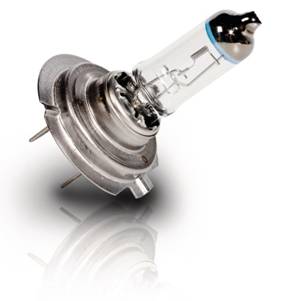
Halogen lamps
In fact, this is an improved version of a conventional incandescent lamp. It got its name from the fact that the filler gas of the flask contains halogen additives (bromine, chlorine, iodine). Due to this, the bulb does not darken during operation, a high-quality lamp works regularly for about 600 hours and consumes 55-65 W.
Halogen lamps are quite compact and do not require additional equipment, their price is low. Well-established production practically does not allow marriage.
Bulb replacement on most vehicles can be done by yourself. In this case, it is important in no case to touch the lamp bulb with your fingers: grease and moisture will remain on it, which can lead to failure. When replacing lamps, it is recommended to work only with clean gloves. On some machines, to replace the lamp, you need to dismantle the headlight, which is not easy to do. In this case, it is better to contact the technical center of FAVORIT MOTORS Group of Companies, where professional specialists will replace the lamp.
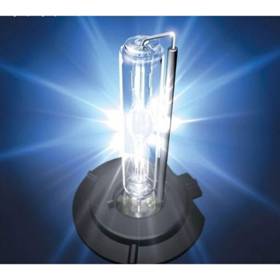
Xenon lamps
A gas discharge lamp, or as it is also called a xenon lamp (HID lamp), shines due to an electric arc passing between the electrodes. Consumes approximately 40 W. The operating principle is based on the ignition of gaseous xenon pumped into the flask by an electric discharge. It can be easily distinguished from halogen by the absence of a filament. In addition to the lamps themselves, the kit includes ignition units that supply a voltage of 6000-12000V to the electrodes. Gas discharge lamps provide high-quality lighting. They are quite durable (3000 hours), but significantly more expensive than halogen ones.
For the first time, gas discharge lamps began to be installed on mass-produced cars in 1996, but they are still installed on prestigious models or included in advanced configurations. When choosing a car, the FAVORIT MOTORS Group manager will always be able to recommend the best option for buying a car with the necessary options.
Non-standard xenon
Quite often, drivers improve their car by installing xenon lamps instead of the “original” halogen lamps. There are many offers on the market, and a set of lamps along with an incandescent unit is not that expensive. Asian manufacturers vary with light temperature. Lamps with parameters of 7000-8000 K (Kelvin) provide an unusual purple tint of light. It looks impressive, but such lamps have a significant drawback: they illuminate the road very poorly. The most effective light temperature, close to daylight, is achieved at 5000-6000 K.
But legislation allows the installation of xenon lamps only in headlights specially designed for them, in which the required shape of the light beam is created by a lens and a screen. Most often, such headlights have a washer and automatic leveling. If a xenon lamp is placed in a regular headlight, the light distribution of which is formed by a glass diffuser or a specially shaped reflector, then it is almost impossible to achieve clearly focused light. The result is blinding other road users. When detecting abnormal xenon, the state traffic inspectorate usually issues a violation under Part 3 of Article 12.5 of the Code of Administrative Offenses of the Russian Federation: driving a vehicle with external lighting devices installed in front, the color of the lights and operating mode of which do not comply with the requirements of the basic provisions for the admission of vehicles to operation. The liability under this article is serious - deprivation of “rights” for 6-12 months, as well as confiscation of installed non-standard lamps. The inspector can check the legality of the installation by looking at the markings. We recommend that any modifications to the car be made at the technical centers of the FAVORIT MOTOTORS Group of Companies, whose employees have the necessary qualifications and install only equipment permitted by law.
Headlight marking by lamp type
DC / DR - the headlight is equipped with separate low and high beam lamps, xenon is allowed.
DCR - one dual-mode lamp is installed in the headlight, xenon is acceptable.
DC / HR - xenon can only be installed in the dipped beam, the main beam - a halogen lamp.
HC / HR - only halogen low beam and high beam lamps.
HCR - one dual-mode halogen lamp, xenon is prohibited.
CR - conventional incandescent lamps (not halogen and not xenon).
LED optics
LED lamps (LED technology) are becoming increasingly widespread. They are vibration and shock resistant, very durable (10-30 thousand hours), consume little energy (12-18 W) and illuminate the road well. The main disadvantage is the high price. However, it is decreasing from year to year. You should not install cheap Asian LED lamps instead of halogen ones: the quality of lighting will only worsen. Inexpensive LED lamps are used in fog lights, however, due to the fact that the incandescent temperature is low, the headlight may fog up or freeze. A number of car models with standard LED optics are already being produced, and their number is gradually growing.
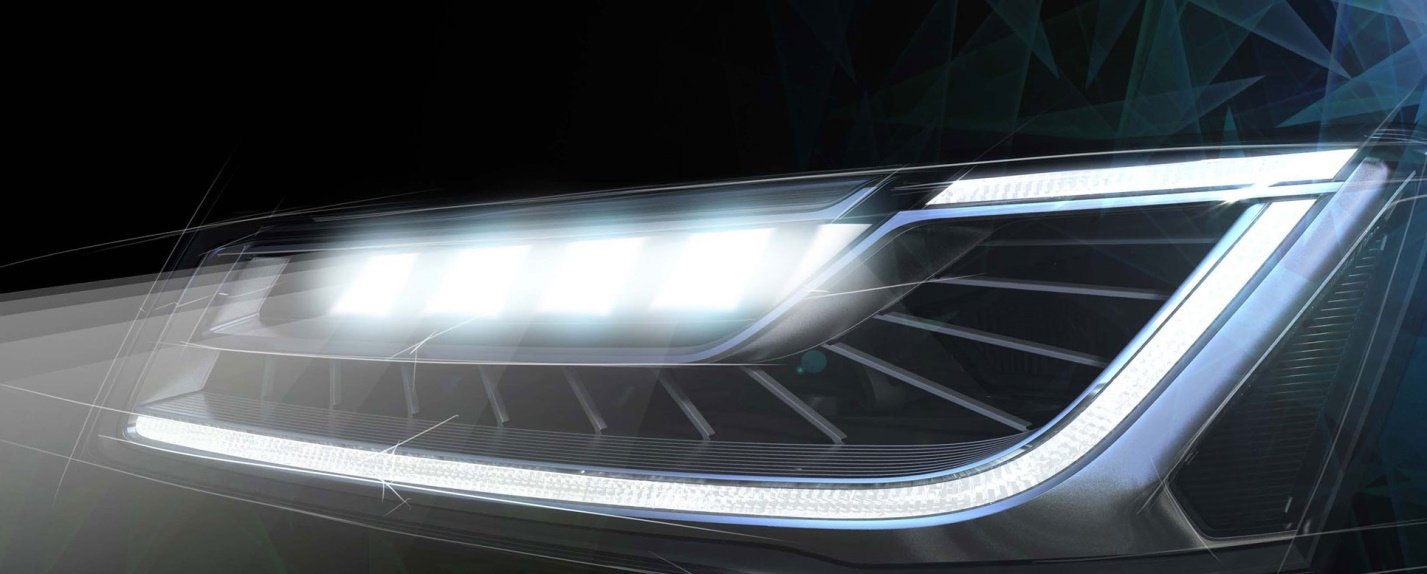
Adaptive (swivel) headlights
The main feature is that the headlights change direction in the direction the wheels are turning. Such headlights are connected to an on-board computer, sensors for steering wheel rotation, speed, vehicle position relative to the vertical axis, etc. The direction of the headlights is changed by a built-in electric motor. Such equipment changes direction not only horizontally, but also vertically, which is especially effective when traveling over hilly areas. Additional features of adaptive headlights: automatic switching from high beam to low beam when an oncoming vehicle approaches; when the EPS stability control system is activated, the headlights are locked in the central position - so as not to interfere with the driver during emergency maneuvering. This design uses bi-xenon headlights.
Usually, high-class cars are equipped with adaptive headlights; such equipment is far from always present in the list of options.
In some cars, the headlights have additional lights that turn on when the steering wheel is turned sharply and illuminate the direction in which the car turns. In addition to lighting in a turn, this version of the head optics also helps with rectilinear movement. In the "freeway" mode (they also use the term "highway"), the lights shine directly, and in the city mode the beam of light is wider and the side space is visible. In this embodiment, there can be lamps of various types.
The functionality of adaptive headlights may vary depending on the model of the car.
